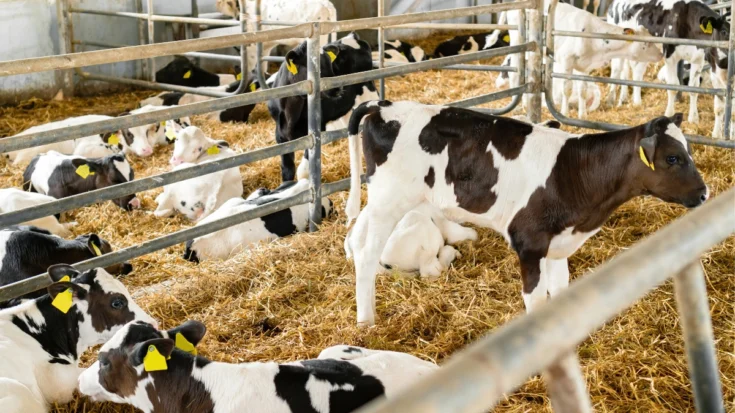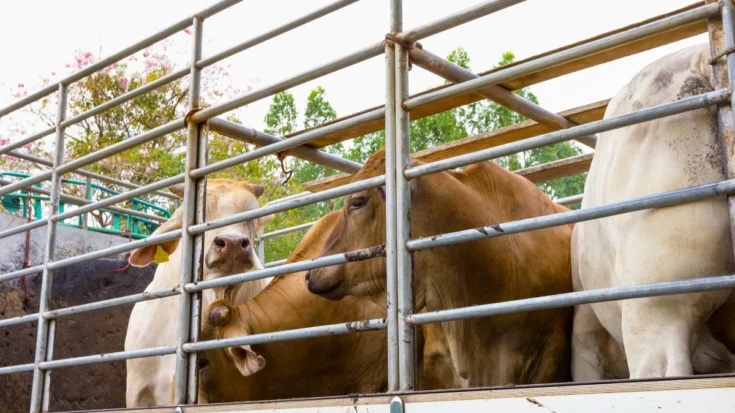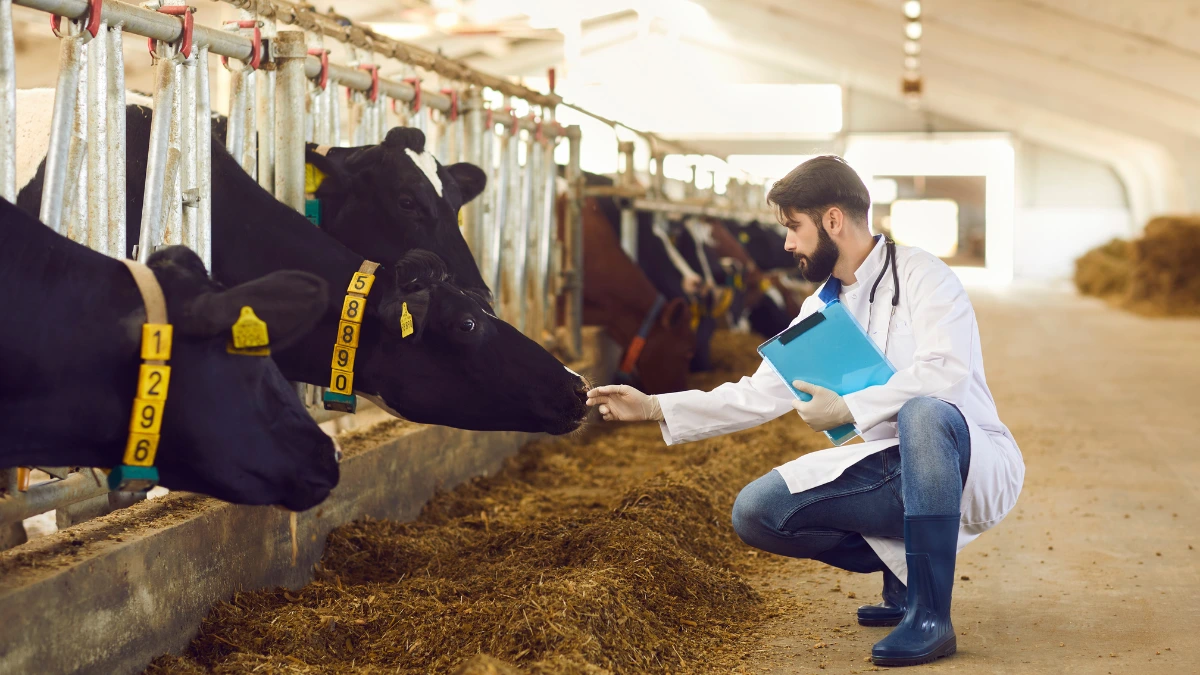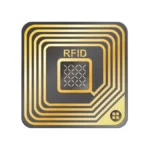Radio Frequency Identification (RFID) in the livestock industry is very useful, especially because disease outbreaks often affect domestic animals.
To check activity levels, health status, and other behavioral changes that affect livestock welfare comes the innovation of RFID in the livestock industry.
RFID in the livestock industry helps farmers to get real-time updates on the progress of their livestock.
Also Read
Let’s find out more about the application of RFID in the livestock industry, especially in production, distribution, and consumption management.
Table of Contents
RFID in the Livestock Industry

RFID technology in the animal husbandry industry is most widely used in animal husbandry in the field of automatic identification such as animal husbandry data collection and material tracking.
It can realize a series of safety management problems from production to final consumption in the process of animal husbandry management, such as information input, information transmission, logistics tracking, information query, etc.
1. Production management
The first step in applying RFID technology to livestock production and breeding is to install RFID tags on animals as permanent digital files and unique identification attributes of each livestock.
The RFID tag inputs basic information about the livestock into the chip, such as the owner’s name, characteristics, immunity, vaccine type, manufacturer, production batch number, vaccination method, vaccination dose, immunity amount, etc.
Only the animal owner needs a handheld data collector to obtain farm-related information.
2. Distribution management

RFID technology can be applied to the entire production process of farm food to establish a food supply chain traceability system from farm to table.
In the process of slaughtering livestock and poultry, the health of dairy cows is verified by RFID technology, the slaughterhouse back-end management system is integrated, and relevant information is input into the meat supervision platform.
In addition, the RFID animal tracking system can monitor the entire transportation process, locate and monitor the transportation status of products in real-time, and provide information on activities such as disinfection, inspection and quarantine, and transportation to determine whether the animals meet the requirements of the factory.
3. Consumption management
In the consumption of livestock products, RFID technology can improve logistics efficiency.
By reading the RFID tag equipped with the product, consumers can also learn the origin of the product, manufacturer information, ex-factory date, shelf life, and whether the product has safety certification from relevant departments and other information.
Based on the guarantee of food safety and the interests of consumers, it also plays a role in supervision and encouragement to livestock producers and processors.
That is the various kinds of RFID utilization in the livestock industry that have been applied. Hopefully in the future RFID technology in the livestock industry will also continue to innovate to further assist medical work.
Make sure the RFID technology in the livestock industry that you use has been tested and has a certificate from Type Approval Certification Services for ICT Products in your country before being distributed to the market.












